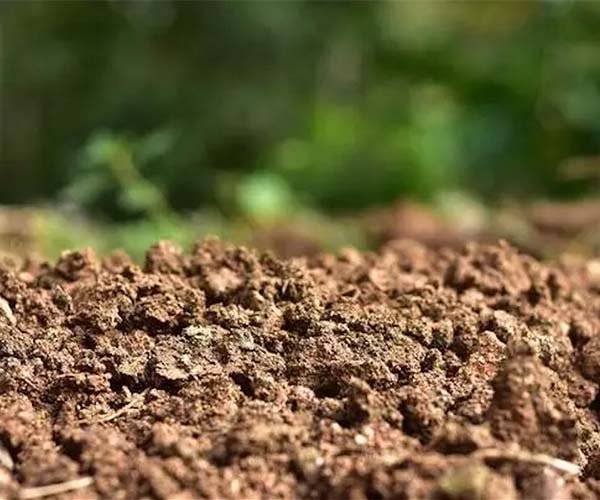Soil salinization is a significant environmental challenge that affects agricultural productivity and ecosystem health. This phenomenon occurs when water-soluble salts accumulate in the soil, leading to adverse effects on plant growth and soil quality.
Causes of Soil Salinization
- Irrigation Practices: Over-irrigation and poor drainage can lead to waterlogging, causing salts to rise to the surface.
- Evaporation: In arid and semi-arid regions, high evaporation rates draw water up from deeper soil layers, leaving salts behind.
- Soil Type: Certain soil types naturally contain higher salt concentrations, making them more susceptible to salinization.
- Climate Change: Changes in rainfall patterns and increased temperatures can exacerbate salt accumulation.
Impacts of Soil Salinization
- Reduced Crop Yields: Salinity can hinder plant growth, leading to lower agricultural productivity and economic losses.
- Soil Degradation: High salt levels can lead to structural damage to soil, decreasing its fertility and ability to retain water.
- Biodiversity Loss: Salinized soils can disrupt local ecosystems, threatening plant and animal species that cannot tolerate high salinity levels.
Solutions of Soil Salinization
1. Improved Irrigation Techniques:
Drip Irrigation: This method delivers water directly to the plant roots through pipes, reducing evaporation and salt accumulation.
Precision Irrigation: Adjusting water volume based on soil moisture and plant needs prevents over-irrigation and waterlogging.
2. Soil Amendments:
Applying Organic Matter: Adding compost or humus increases soil aeration and water retention, helping to lower salt concentrations.
Using Gypsum: Gypsum improves soil structure and promotes the dissolution and leaching of salts, especially sodium salts.
3. Selecting Salt-Tolerant Crops:
Crops for Saline Soils: Planting salt-tolerant species such as sweet potatoes or alfalfa can sustain agricultural production in saline conditions.
4. Leaching:
Flushing with Water**: Under suitable conditions, applying large volumes of water can dilute and wash away salts from the soil. Care must be taken to avoid water wastage.
5. Plant Covering:
Using Cover Crops: Planting cover crops on the soil surface can reduce evaporation and prevent salts from rising to the surface, helping maintain soil moisture and health.
In conclusion, addressing soil salinization is essential for sustainable agriculture and environmental health. By understanding its causes and impacts, and implementing effective management strategies, we can combat this pressing issue and promote healthier soils for future generations.


